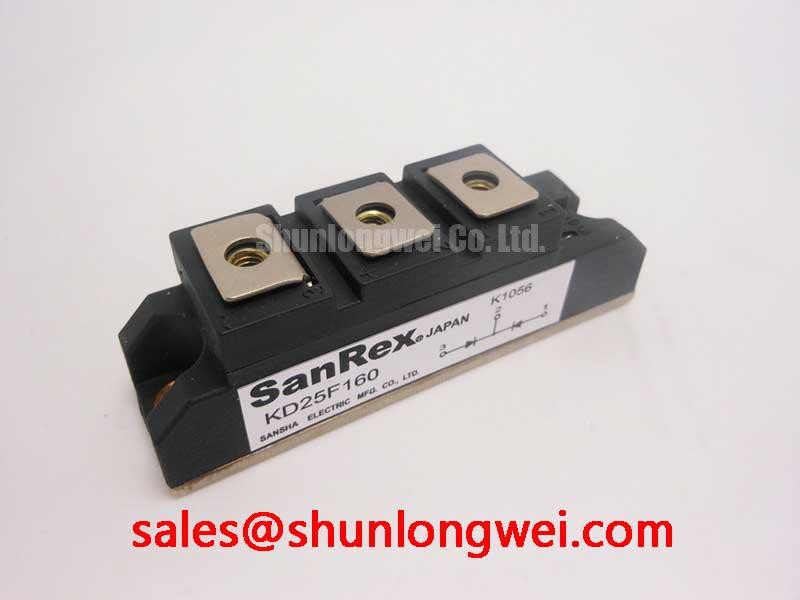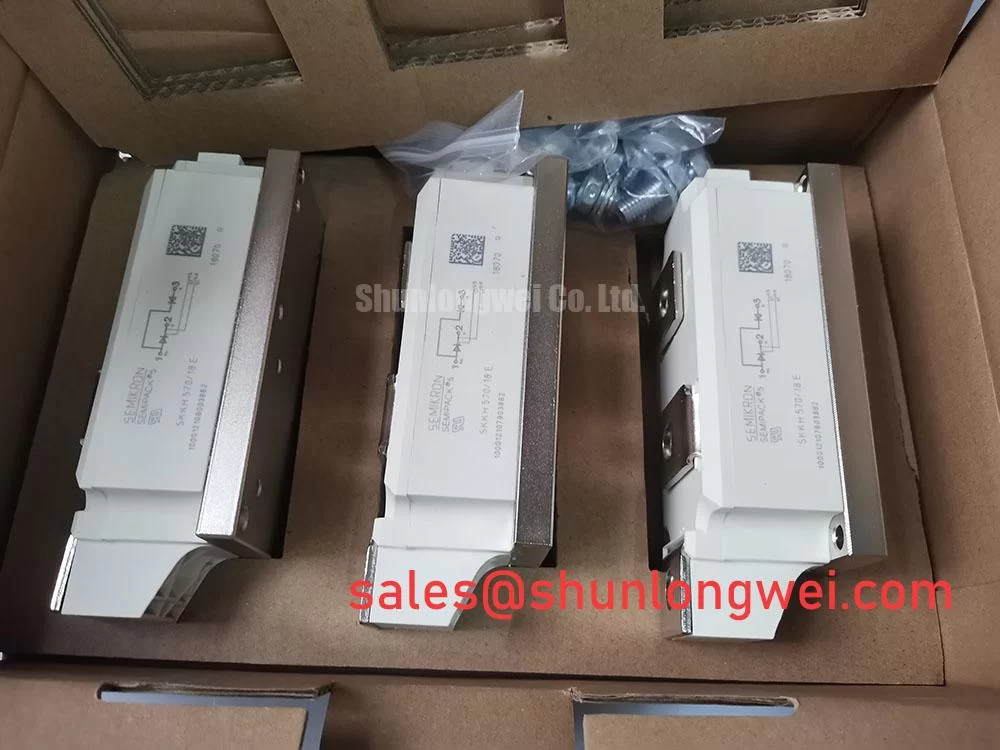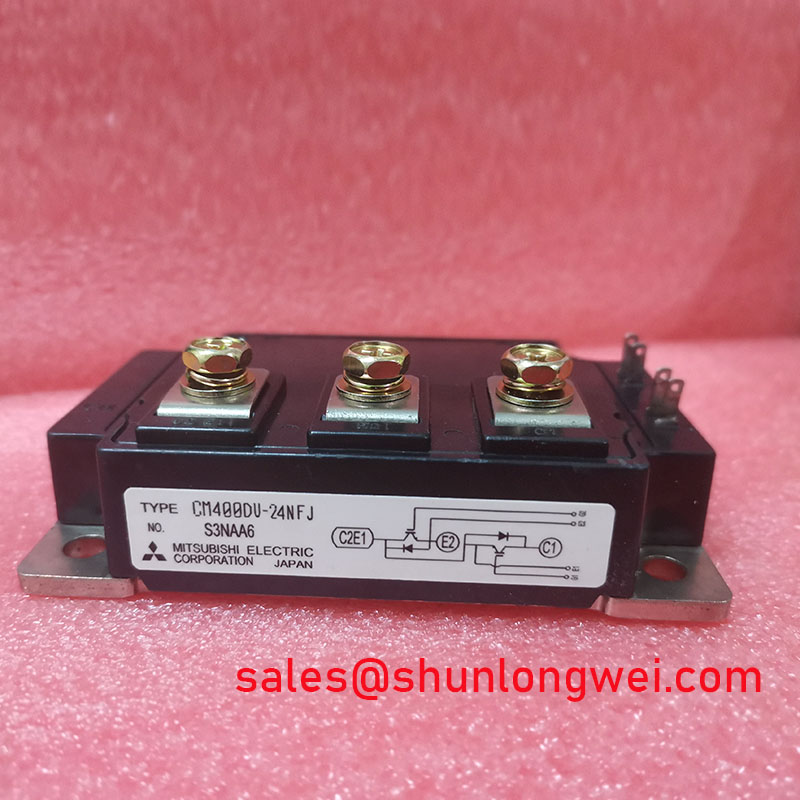Content last revised on October 23, 2025.
KD25F160: The High-Voltage Diode Module Engineered for Industrial Rectifier Reliability
Introduction: Core Specifications and Benefits
The Sanrex KD25F160 is a robust power diode module engineered to deliver stability and electrical isolation in high-voltage industrial applications. It combines a high reverse voltage capability with a thermally efficient package, providing a dependable foundation for power conversion systems. With core specifications of 1600V | 25A | Electrically Isolated Base, the module offers two primary engineering benefits: enhanced system safety margin and simplified thermal design. It directly addresses the need for reliable rectification in equipment operating on 3-phase 690V AC lines, where voltage transients are a critical design consideration. For front-end rectifiers in 690V industrial drives where thermal stability is paramount, the KD25F160's 1600V rating and isolated design offer a robust and streamlined solution.
Key Parameter Overview
Decoding the Specs for System Reliability
The technical specifications of the KD25F160 are tailored for demanding industrial power rectification. The parameters below highlight its capacity to handle high-voltage stress while ensuring efficient thermal management, a crucial combination for long-term operational reliability.
| Parameter | Value | Engineering Implication |
| Repetitive Peak Reverse Voltage (VRRM) | 1600V | Provides a significant safety margin for rectifiers on 690V AC lines, protecting against common industrial voltage spikes. |
| Average Forward Current (IF(AV)) | 25A | Sufficient current handling for a wide range of low-to-mid power industrial motor drives and power supplies. |
| Peak Forward Surge Current (IFSM) | 400A (50Hz), 440A (60Hz) | High surge current survivability ensures resilience against inrush currents during system startup or fault conditions. |
| Isolation Voltage (Viso) | 2500V (AC, 1 minute) | The electrically isolated mounting base simplifies assembly by allowing direct heatsink mounting and enhances overall system safety. |
| Operating Junction Temperature (Tj) | -40 to +150°C | Wide operating range ensures reliable performance across diverse and challenging industrial environments. |
Application Scenarios & Value
System-Level Benefits in Industrial Power Conversion
The KD25F160 is engineered for core power conversion tasks where reliability under high-voltage conditions is non-negotiable. Its primary value lies in providing a robust front-end rectification stage for a variety of industrial equipment. What is the primary benefit of its 1600V rating? It provides a crucial safety margin for 3-phase 690V systems, which are increasingly common in heavy industrial settings like manufacturing plants, water treatment facilities, and mining operations.
A key engineering challenge in these applications is managing both electrical and thermal stress. The KD25F160's high VRRM directly mitigates the risk of breakdown from line voltage fluctuations. Its surge current rating of 400A is akin to a built-in shock absorber, effortlessly handling the initial inrush current typical of large motor starters or capacitor banks without degradation. Furthermore, the module's isolated baseplate simplifies the mechanical and thermal design. How does its isolated baseplate simplify design? It allows direct mounting to a common heatsink without the need for additional insulating materials, reducing component count, assembly time, and potential points of failure. This integration makes it a highly effective solution for:
- Input rectifiers for Variable Frequency Drive (VFD) and servo drives
- DC motor control systems
- Battery charging infrastructure
- Welding power supplies and industrial power converters
For systems requiring a three-phase bridge configuration, the related MDS200A1600V offers a fully integrated solution with a higher current rating.
Technical Deep Dive
The Engineering Behind the Electrically Isolated Base
A standout feature of the KD25F160 is its electrically isolated mounting base, a design choice with significant implications for system assembly and long-term reliability. The module uses a ceramic substrate, typically Alumina (Al₂O₃), to separate the live semiconductor elements from the metal baseplate. This construction provides high dielectric strength, confirmed by its 2500V isolation voltage rating.
This design provides two distinct engineering advantages. First, it eliminates the need for external insulating pads (like mica or silicone sheets) and specialized mounting hardware. This not only streamlines the manufacturing process but also improves thermal transfer. External pads introduce an additional layer of thermal resistance, acting like a thin blanket that slightly impedes heat flow. By integrating the isolation directly into the module, the KD25F160 ensures a more consistent and efficient thermal path to the heatsink. Second, this integrated approach enhances system robustness by reducing the risk of insulation failure due to improper mounting torque or material degradation over time, making it a cornerstone of a reliable thermal management strategy.
Frequently Asked Questions (FAQ)
Why is a 1600V VRRM rating essential for rectifiers in 690V AC industrial systems?
A 690V AC nominal line voltage can have a peak voltage of approximately 975V (690V * √2). Industrial environments are prone to significant voltage transients and spikes caused by switching large inductive loads. A 1600V rating provides a critical safety margin of over 60% above the theoretical peak, ensuring the diode does not enter avalanche breakdown during these common overvoltage events, thereby safeguarding the entire power converter.
What is the primary advantage of the module's dual diode (series connection) configuration?
The KD25F160 contains two diode chips connected in series within a single package. This configuration is often used in applications like single-phase center-tap rectifiers or as a freewheeling diode pair. It simplifies the PCB layout and wiring compared to using two separate discrete diodes, reducing assembly complexity and potential connection failure points.
How does the 400A IFSM rating impact the reliability of a battery charger design?
In battery charging applications, connecting to a deeply discharged battery or a large capacitor bank can cause a massive inrush current. The 400A peak forward surge current rating ensures the diode module can withstand this momentary stress without failing. This high surge capability is crucial for building a robust charger that can reliably handle real-world conditions without nuisance trips or component damage.
Strategic Fit in Modern Power Systems
As industrial automation advances, the demand for reliable and easily integrated power components grows. The SanRex KD25F160 diode module is strategically positioned to meet this need. Its combination of a high-voltage safety margin and a thermally efficient, isolated package addresses the core requirements of designers building durable power supplies and motor drives. By simplifying thermal management and enhancing electrical ruggedness, this module enables the development of more compact, cost-effective, and reliable power conversion systems fit for the demands of modern industry.












